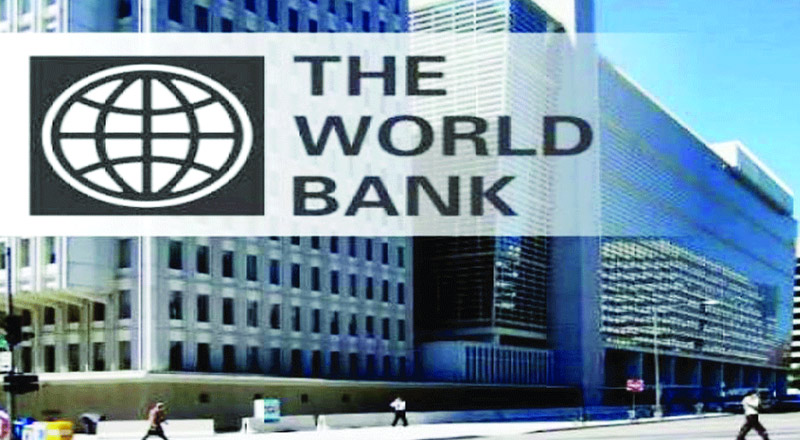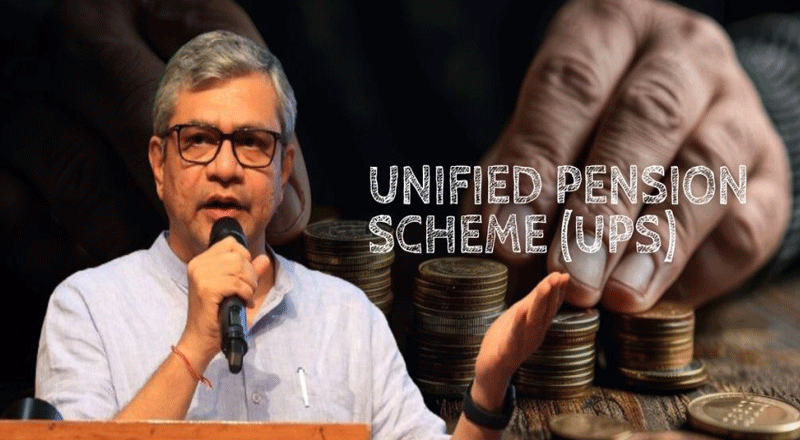The Ministry of Coal is in the process of finalising a robust mine closure framework with thrust on three major aspects of institutional governance, people &communities and environmental reclamation & land repurposing on the principles of just transition. The Ministry is in consultation with the World Bank for obtaining support and assistance in this program. Vast experience of the World Bank in handling mine closure cases in different countries will be highly beneficial and will facilitate adoption of the best practices and standards in handling of mine closure cases. A Preliminary Project Report (PPR) for the proposed engagement with the World Bank has been submitted to the Finance Ministry for necessary approvals.
The process of repurposing of closed mines sites has already been set in motion by the Sustainable Development cell of the Ministry of Coal. Several rounds of meetings have been held with coal companies and Coal Controller Office to discuss various aspects relating to the envisaged program. Inter-Ministerial consultations have also been made with ministries concerned and NITI Aayog to obtain their views and suggestions.
As of now, Indian Coal sector is doing its best to fulfil the country’s energy demand by augmenting coal production and at the same time, taking various initiatives towards adopting a path of sustainable development with emphasis on care for environment and the host community.
However, Indian coal sector is relatively new to the concept of systematic mine closure. Mine closure guidelines were first introduced in 2009, re-issued in 2013 and are still evolving. As coal mining in India had started long back, our coalfields are replete with several legacy mines remaining unused for long. In addition, mines are closing and will close in future also due to reasons such as exhaustion of reserves, adverse geo-mining conditions, safety issues etc. These mine sites should not only be made safe and environmentally stable but the continuity of livelihood should be ensured for those who were directly or indirectly dependent on the mines. Reclaimed lands will also be repurposed for economic use of the community and State including tourism, sports, forestry, agriculture, horticulture, townships etc.
Ministry of Coal has,therefore, envisaged to build an all-inclusive comprehensive India-wide mine closure framework to cover legacy mines, recently closed mines and mine closures scheduled to happen in short term. The entire exercise will have two important components:
- Phase-1: involves comprehensive mapping of Indian coal ecosystem to establish a detailed baseline in respect of current and pending coal mine closures – readiness and capacities of institutions, existing closure processes, socio-economic status around coal mines and environmental baseline. The outcome of this exercise will suggest reforms in existing statutory and institutional framework and come out with a roadmap for mine closure covering the above mentioned three major aspects along with financial arrangements.
- Phase-2: will be the actual implementation of mine closure program as per finalized roadmap and will include i) Pre-closure Planning, ii) Early Closure andiii) Roadmap for Regional Transition with an aim to ensure no one is left behind. This Phase will start after completion of Phase-1 and will continue for long and may undergo subtle changes based on lessons learnt during execution.
Phase-1 of the program, which is likely to continue for 10-12 months, is expected to start shortly. A Special Purpose Entity (SPE) under the administrative control of Coal Controller Office is to be constituted to oversee the implementation of both the phases of this program. Coal Companies are to form dedicated multi-disciplinary teams to coordinate with SPE for successful execution of the program.
It is expected that continuous learning during next 3-4year period would lead to development of a comprehensive mine closure framework, adequate strengthening of mine closure institutions and much improved policy needed to support mine closures that will happen in medium to longer term. The most important outcome of the program will be sustainable remediation of all legacy mine sites, which are lying unattended since long. Not only the mine sites will be restored sustainably but livelihood of families,dependent on mines will also be taken care of.





